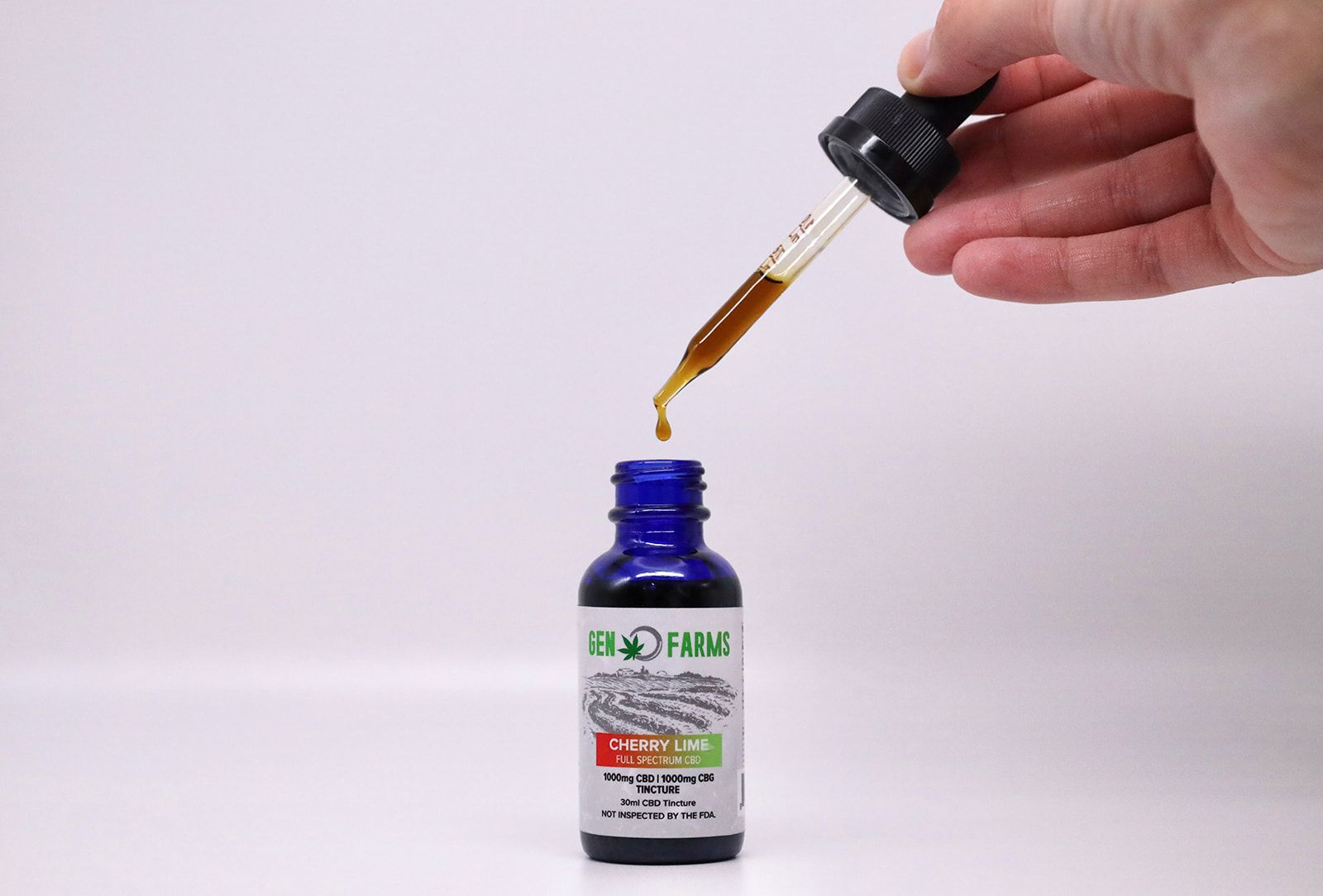CBG Research

CBG, or cannabigerol, is a cannabinoid found in the cannabis plant that has gained attention in recent years for its potential therapeutic properties. While much of the research on CBG has been preclinical, meaning it has not yet been tested in human clinical trials, early studies suggest that it may have a variety of potential health benefits. Some research suggests that CBG may have potential as a cancer-fighting agent, although more research is needed to fully understand its effects on cancer cells and its potential as a treatment.
In preclinical studies, CBG has been shown to inhibit the growth of colon cancer cells and breast cancer cells, and to reduce the size of tumors in animal models of lung cancer. However, these studies were conducted in the laboratory and more research is needed to determine whether CBG has similar effects in humans.
It's important to note that while the use of cannabis for medicinal purposes is becoming more accepted, the research on its potential health benefits is still in its early stages. It's important to talk to a doctor or other healthcare provider before using cannabis or any of its derivatives, including CBG, for medicinal purposes.
Another area of research that has shown promising results is in the treatment of inflammatory conditions. CBG has been shown to reduce inflammation in animal models of inflammatory bowel disease and multiple sclerosis, suggesting that it may be useful in the treatment of these and other inflammatory conditions in humans.
Another potential therapeutic use of CBG is in the treatment of anxiety and depression. In one study, CBG was found to reduce anxiety in mice, while another study found that it had antidepressant effects in rats. These findings suggest that CBG may have potential as a treatment for these conditions in humans, although more research is needed to confirm this.
CBG has also been studied for its potential as an analgesic, or pain reliever. In one study, CBG was found to reduce pain in mice with acute and chronic pain, and it has been shown to be effective in reducing pain in animal models of neuropathic pain. These findings suggest that CBG may be a potential treatment for pain in humans, although more research is needed to confirm this.
In addition to its potential therapeutic uses, CBG has also been studied for its potential as a neuroprotective agent. It has been shown to protect nerve cells in the brain from damage in animal models of neurodegenerative diseases such as Huntington's disease and Parkinson's disease. While these findings are promising, more research is needed to determine if CBG has neuroprotective effects in humans.
Despite the promising results of early research on CBG, it is important to note that much of the research on this cannabinoid has been preclinical and has not yet been tested in human clinical trials. As a result, it is currently not approved for the treatment of any medical condition in humans.
That being said, the current state of CBG research is promising, and it is likely that we will see more clinical trials on the use of this cannabinoid in the future. It is important for researchers to continue to study CBG and other cannabinoids in order to fully understand their therapeutic potential and to determine the most effective ways to use them to treat medical conditions.
In conclusion, CBG is a cannabinoid that has shown promise in the treatment of inflammatory conditions, anxiety and depression, pain, neurodegenerative diseases, and cancer cell mitigation. While much of the research on CBG has been preclinical, early studies suggest that it may have a variety of potential therapeutic uses. More research is needed to fully understand the therapeutic potential of CBG and to determine the most effective ways to use it to treat medical conditions in humans.



